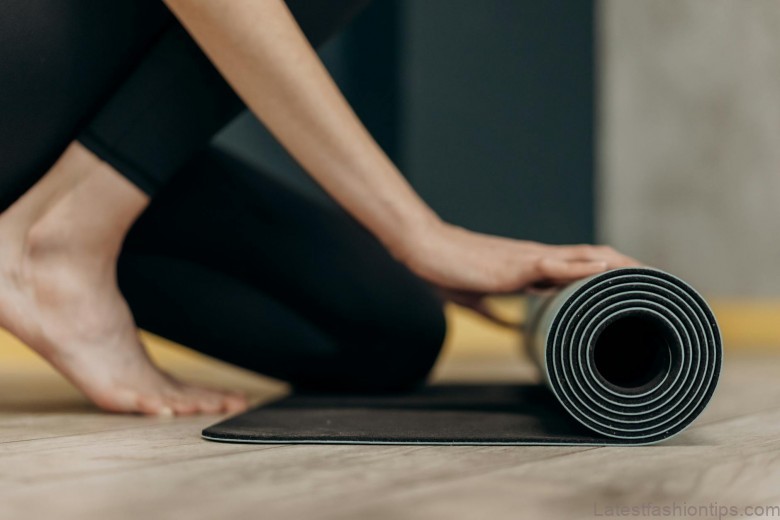Choosing a layette baby clothes
Buying baby clothes is exciting and fun, but dont get carried away and spend money needlessly – you will be glad you bought sensibly later on.
Points to remember when buying a layette. Baby garments should be safe, with no ribbons or cords that could choke; and they should be easy to put on – the less fussing to get the garment on and off, the better.
Clothes should be easy to launder – preferably in the washing machine – and they should not stretch or shrink with frequent washing. Avoid pure nylon – it is highly flammable and does not breathe or absorb moisture. Go for pure cotton, or the newer mixtures of cotton and polyester, or cotton and wool. Wool breathes well and absorbs moisture but can shrink and discolour unless carefully handled. And, some babies are allergic to wool. Drip-dry fabrics save you ironing sheets and other baby items.
Basic layette. The items specified will cover the needs of a winter baby adequately, but you need not buy all the items at once as you will most likely receive some gifts as well. Summer babies need the same basic layette but buy some of the items with short sleeves and short pants.
2-6 second size vests with envelope neck or wrap-over closing.
3 – 4 stretch suits, 2 first and 2 second size. These all-in-one outfits have almost become a uniform for babies, and many mothers use them from birth. There is nothing wrong with them but I prefer to put a tiny baby in the classic nightie and bootees or top and leggings. It is a little easier to change the nappy and the whole outfit does not have to be removed if it becomes damp. If you use stretch suits make sure they do not constrict the childs feet as she grows.
4 nighties (if you dont use stretch suits). These can be made from soft cotton or Viyella or similar fabric. Raglan sleeves are the most comfortable (see pattern).
2 – 3 matinee jackets. Hand knitted or machine knitted in cotton or wool.
3-4 cotton knit tops with separate leggings.
3 – 4 large towelling bibs without plastic backs.
4 pairs bootees.
1 knitted bonnet for winter outings.
2 – 3 wrapping blankets in cotton. Ripple cotton is ideal and you can make them yourself by hemming, or sewing satin blanket binding around a square approximately 100 x 100 cm.
1 large knitted shawl in Orion, wool or similar fibre (optional).
3 large towels (preferably white).
2 – 3 blankets. Cellular wool or wool and artificial fibre is light and warm. Dont get anything fluffy as babies soon get the hang of picking at them and end up with a fistful of fluff.
1 – 2 large rubber waterproofs, flannel-backed on both sides. The flannel allows air to circulate and absorbs moisture.
See p.31 for information about nappies, and p.32 for nappy liners. Nappy requirements are on 33.
Pram sheets can be made from a large used sheet (it will be softer and all the starch will be washed out, but do wash again in pure soap). Simply cut to size leaving a good bit to tuck under, and hem all round. Or, use a large pillow case to cover the mattress.
Baby nightie or matinee jacket. Length A for a matinee jacket, length B for a nightie.
You need: 60 cm fabric 115 cm wide for the jacket or 75 cm fabric 115 cm wide for the nightie. Use a soft cotton or Viyella but avoid heavier fabrics which will make the seams bulky and chafe. About 1 m cotton tape or bias binding 1,5 cm wide, 30 cm millinery elastic and matching thread.
You do:
1 Draw up pattern pieces to full size on brown paper or graph paper and cut out to required length (A or B).
2 Cutting layout. Lay paper patterns on fabric and cut out one front (centre front to fold), two backs and two sleeves allowing 1,5 cm all round each piece for seams. Always use French seams when making baby clothes. They are smoother, neater and will tolerate frequent washing without fraying. Sew French seams as follows:
3a Lay pieces wrong sides facing and machine together 0,5 cm in from raw edge. Trim seam allowance to 0,3 cm removing frayed edge. Run thumb nail along stitching line to open seam.
3b Turn pieces so right sides are facing and pin together. Machine down again 0,5 cm in from edge enclosing original seam allowance.
4 Using French seams make up baby gown as follows: sew sleeves to either side of gown front at corresponding diagonal edges. Sew gown back pieces to sleeves at corresponding diagonal edges. Fold gown over at shoulders and sew down underarm and side seams from cuff to hem continuously. Turn up and machine down a narrow double hem at lower edge of gown, centre back edges and at cuffs.
5 Run a row of gathering stitches around neck 0,5 cm in from raw edge and pull up till neck edge measures about 23 cm. Lay a length of tape right side to right side of neck leaving about 15 cm extension at either side of centre back for ties. Machine tape in place just below gathering. Turn tape over to wrong side of neck enclosing raw neck edge and hem in place to first row of stitching. Continue hemming edges of tape together down long edges and short ends of ties.
Cut two more pieces of tape about 15 cm long. Tuck in both short ends of one length and fold in half lengthways. Hem edges together by hand. Repeat for 2nd length. Stitch tapes in place to either side of centre-back of the gown about 10 cm down from neck for 2nd set of ties.
6a Turn cuffs back about 3 cm up from hem and machine round 0,5 cm down from fold to make casing. Leave opening for elastic.
6b Thread millinery elastic through each casing, overlap and secure ends and sew up casing opening by hand.
7 Make the matinee jacket or nightie plain and simple as described or elaborate.
Bind hem and cuffs to match neck edge in a contrasting colour. For example use white binding on a yellow fabric or vice versa.
If you have a sewing machine which sews fancy stitches, work a few decorative rows around the cuffs and neckline. For convenience, do this before assembling the gown.
If you have time, embroider motifs all over the gown making sure your stitching is secure enough to stand up to frequent washing. Trim hem and cuff edges with cotton lace instead of binding.
Maybe You Like Them Too
- 50 Unique Travel Destinations You Must Visit Before You Die
- Tamar Braxton A Life in Music
- Sunny Hostin A Biography
- Steve Coogan A Life in Comedy
- Sterling K Brown A Biography



I choose you. And i’ll choose you, over and over and over. Without pause, without doubt, in a heartbeat. I’ll keep choosing you